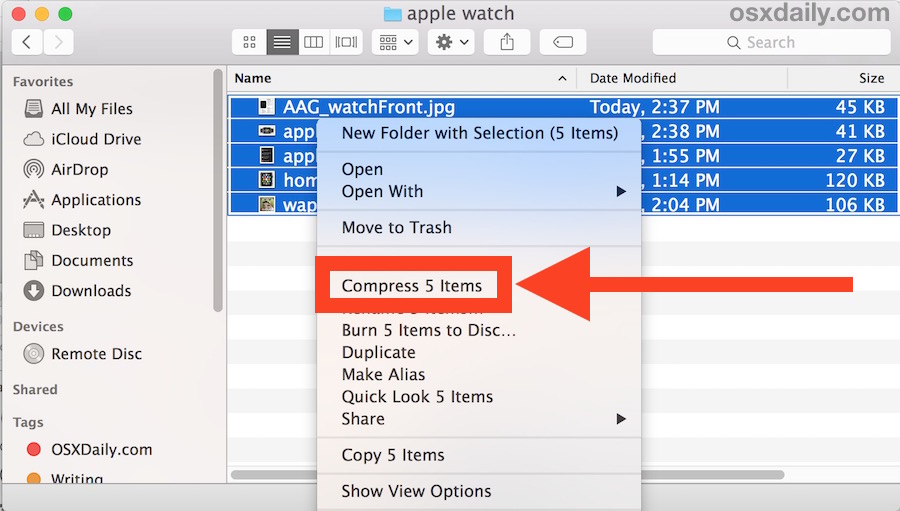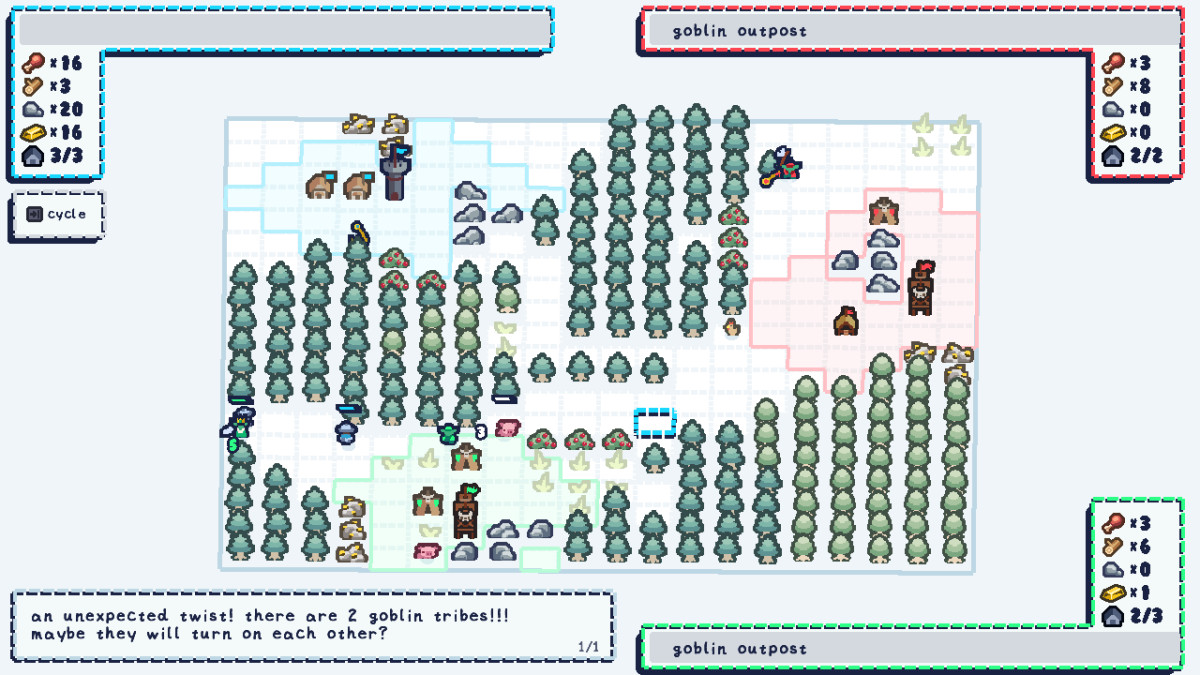King Pins Mac OS
Your Mac provides several tools to help you identify it. The simplest is About This Mac, available by choosing About This Mac from the Apple menu in the upper-left corner of your screen. The other is the System Information app. Learn how to use these tools to identify your Mac.
If you don’t have your Mac or it doesn’t start up, use one of these solutions instead:
- Find the serial number printed on the underside of your Mac, near the regulatory markings. It’s also on the original packaging, next to a barcode label. You can then enter that serial number on the Check Coverage page to find your model.
- The original packaging might also show an Apple part number, such as MGEM2xx/A (“xx” is a variable that differs by country or region). You can match the Apple part number to one in the list below to find your model.
List of Mac mini models
Mac mini models are organized by the year they were introduced, starting with the most recent. Click the model name for detailed technical specifications.
Troubleshooting: Answers to some common OS X questions. Click the f.lux Mac download link. Click the zip file to expand it; Double click the 'Flux' application in your Finder window. Enter your location and wake time; Uninstalling. Go to the f.lux Settings panel (to the left of your system clock) Choose 'Quit f.lux'. H1Z1 King of The Kill Mac OS X is waiting for you to get it from the button below. Just pass the verification system (if it’s asked) and start the download. With a decent internet connection, the download will take less than 30 minutes. After it’s completed, open the. You can launch Desktop Pins on Mac OS X 10.7 or later. This Mac download was checked by our built-in antivirus and was rated as clean. The unique identifier for this program's bundle is com.kitestack.mas.desktoppins. The actual developer of this Mac application is KiteStack Software. I am using Terminal on a mac OS X Lion to ping a particular address. I am unable to send packets greater that 8400 bytes even with fragmentation. Any reason for this? Macos size max ping ipv4. Improve this question. Follow asked Sep 3 '14 at 5:22. User2995244 user2995244. Mac OS square lapel pin, a true hard to find collectible. Vintage, gorgeous and very rare Apple Mac OS logo lapel pin. This lapel pin was provided by Apple corp. To promote the Apple operating system MacOS.
Mac mini models from 2014 and newer can run the latest version of macOS. For older models, the latest compatible operating system is noted.
2020
Mac mini (M1, 2020)
Model Identifier: Macmini9,1
Part Numbers: MGNR3xx/A, MGNT3xx/A
Tech Specs: Mac mini (M1, 2020)
User Guide: Mac mini (M1, 2020)
2018
Mac mini (2018)
Model Identifier: Macmini8,1
Part Numbers: MRTR2xx/A, MRTT2xx/A, MXNF2xx/A, MXNG2xx/A
Tech Specs: Mac mini (2018)
User Guide: Mac mini (2018)
2014
Mac Os Download
Mac mini (Late 2014)
Model Identifier: Macmini7,1
Part Numbers: MGEM2xx/A, MGEN2xx/A, MGEQ2xx/A
Tech Specs: Mac mini (Late 2014)
User Guide: Mac mini (Late 2014)
2012
Mac mini (Late 2012)
Model Identifier: Macmini6,1; Macmini6,2
Part Numbers: MD387xx/A; MD388xx/A, MD389xx/A
Newest compatible operating system: macOS Catalina 10.15.7
Tech Specs: Mac mini (Late 2012)
User Guide: Mac mini (Late 2012)
2011
Mac mini (Mid 2011)
Model Identifier: Macmini5,1; Macmini5,2
Part Numbers: MC815xx/A; MC816xx/A, MC936xx/A
Newest compatible operating system: macOS High Sierra 10.13.6
Tech Specs: Mac mini (Mid 2011)
User Guide: Mac mini (Mid 2011)
Mac Os Catalina
2010

Mac mini (Mid 2010)
Model Identifier: Macmini4,1
Part Numbers: MC438xx/A, MC270xx/A
Newest compatible operating system: macOS High Sierra 10.13.6
Tech Specs: Mac mini (Mid 2010)
2009
Mac mini (Late 2009)
Model Identifier: Macmini3,1
Part Numbers: MC238xx/A, MC239xx/A, MC408xx/A
Newest compatible operating system: OS X El Capitan 10.11.6
Tech Specs: Mac mini (Late 2009)
Mac mini (Early 2009)
Model Identifier: Macmini3,1
Part Numbers: MB464xx/A, MB463xx/A
Newest compatible operating system: OS X El Capitan 10.11.6
Tech Specs: Mac mini (Early 2009)
Tired of your various Mac apps winding up in the wrong virtual desktop? I know the feeling.
Well, good news. You can, in fact, assign an app to a specific desktop in Mission Control—perfect for keeping your programs in their proper “spaces,” particularly when you’re booting up your Mac.
Before we begin, something to keep in mind: this trick applies only to apps running in standard “windowed” mode. Programs running in “full screen” (a handy new feature in Mac OS X “Lion”) automatically get assigned to their own desktops.
Just select “This Desktop” to pin an app to a specific Mission Control desktop.
So, ready to start “pinning” your apps to specific desktops? Here we go…
- First, navigate to the desktop where you’d like a particular program to call home. If, for example, you want iPhone to sit in Desktop 2, launch Mission Control, then click on Desktop 2 from the overhead Mission Control view (or create a second desktop if there isn’t one already).
- Launch the app you want to assign to the desktop—again, let’s use iPhoto as our example.
- Go down to the Mac desktop dock at the bottom of the screen, find the icon for iPhoto, and right-click it.
- In the menu that appears, select Options, then select “This Desktop” under the “Assign to” heading.
Now, let’s test. Go ahead and close the app you just assigned to a desktop, navigate to Desktop 1 in Mission Control, then launch the app again—and when you do, it should launch in the desktop you assigned it to.
Also, if the app you’ve pinned to a desktop opens automatically when you start up your Mac, the app will now launch in its assigned window.
OK, but what if you want to “unpin” an app from a desktop? Just right-click its icon in the dock, select Options, then select “None” under “Assign to.”
Looking for more Mac tips? Click here!
